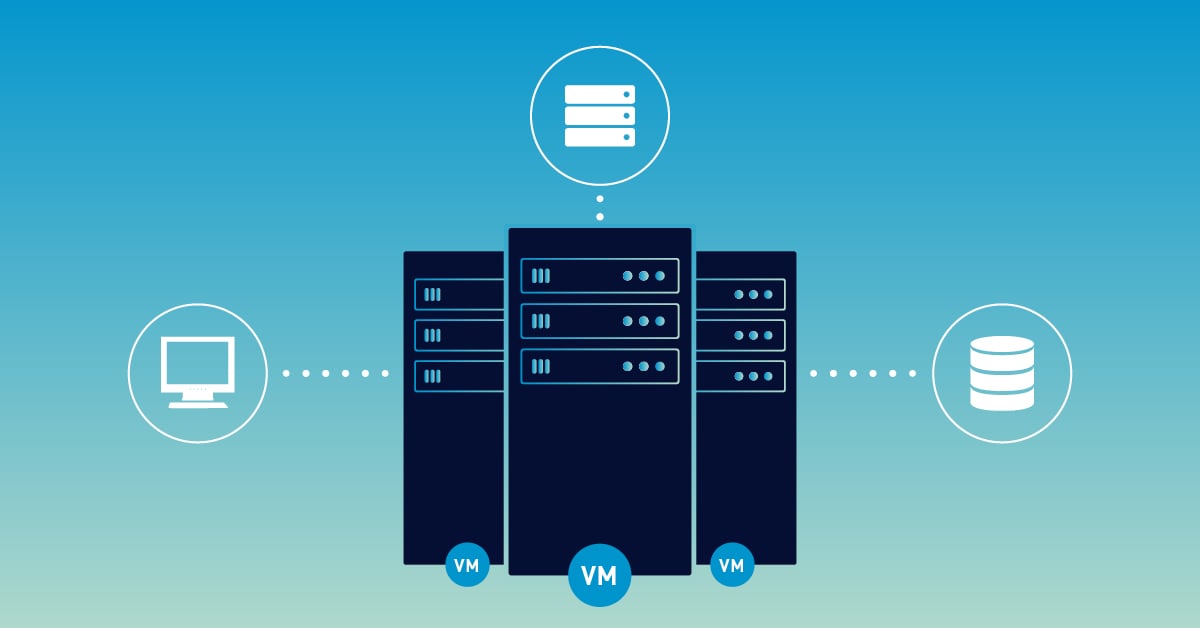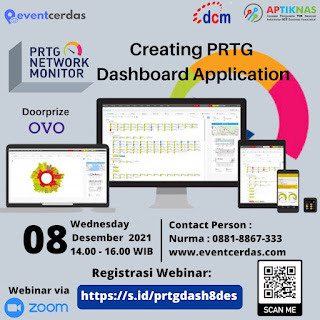What HCI is and why you should monitor it
- Get link
- X
- Other Apps
What HCI is and why you should monitor it
If you are in the IT business, you have certainly heard of HCI within the last year. The abbreviation stands for Hyper-converged infrastructure and describes an IT infrastructure based on a software-centric architecture in which processors, memory, networking and virtualization and other technologies are closely interconnected.
A hyper-converged system allows integrated technologies to be managed as a single system. Multiple HCI systems can be combined into a cluster. Hyperconvergent systems have their beginnings in use cases such as virtual desktop infrastructure (VDI). Today, companies use the technology to provide and manage IT resources in the enterprise environment.
In the beginning, startup companies such as Maxta, Nutanix, and SimpliVity attracted attention as providers of HCI systems. In the meantime, the well-known major providers such as Dell EMC, HPE and NetApp now also offer HCI solutions.
How does HCI work?
HCI unifies the entire data center stack, including computer power, storage, storage networking and virtualization. Complex and expensive legacy infrastructure is replaced by a platform running on ready-to-use, industry-standard servers, allowing organizations to grow step by step, one node at a time. Software that runs on each server node distributes all operational functions across the entire cluster for maximum performance.
Benefits of HCI
- Additional IT infrastructure can be provided within minutes with an HCI solution.
- HCI supports a variety of different hardware platforms
- A single cluster can consist of an infinite number of nodes, making HCI an absolutely flexible infrastructure solution
When is HCI the right solution for your company?
Basically, the introduction of an HCI solution is a project for which experts are happy to provide in-depth advice. Although, or precisely because, HCI systems follow the all-in-one approach, the use of such systems depends on the respective purpose.
For example, a flexible HCI infrastructure is beneficial if the future, assumed growth of the infrastructure can be planned to a reasonable extent. Doubling the number of nodes within the solution also means doubling the performance. Companies that cannot transparently plan their growth in advance are often better off with a conventional CI (Converged Infrastructure) solution. If in doubt, it is always a good idea to obtain expert advice before making a purchase.
Why you should monitor your HCI
In an HCI environment, hardware, software and virtualization are closely interconnected. Seamless and coherent monitoring of the HCI environment and the components used is therefore essential.
PRTG Network Monitor supports you in monitoring your HCI environment with its wide range of sensors. The recently introduced SNMP Nutanix Hypervisor Sensor marks the start of a comprehensive sensor series for monitoring HCI Cluster Health, the state of the hypervisor, and I/O components. Additional dedicated sensors for monitoring the storage and hosted virtual machines of the cluster will follow soon.
- Get link
- X
- Other Apps

 By
By 

Comments
Post a Comment